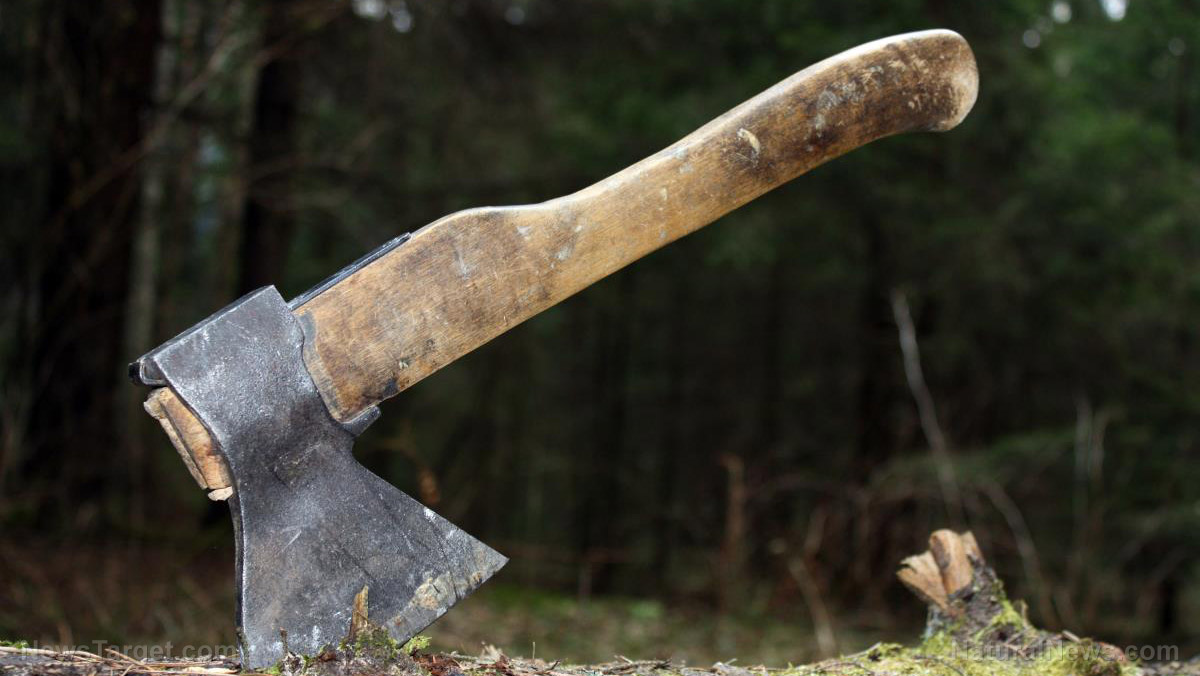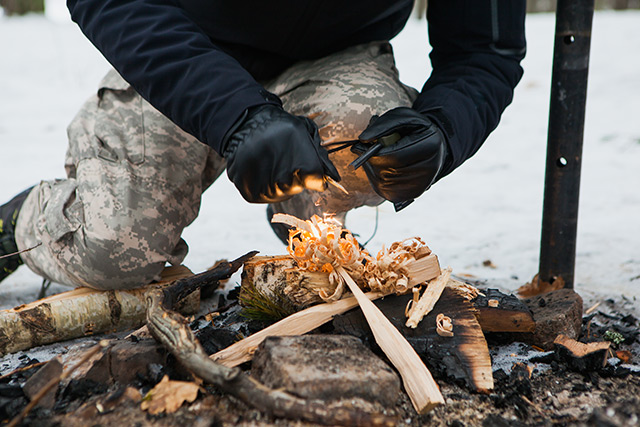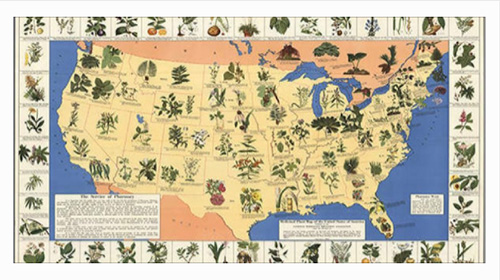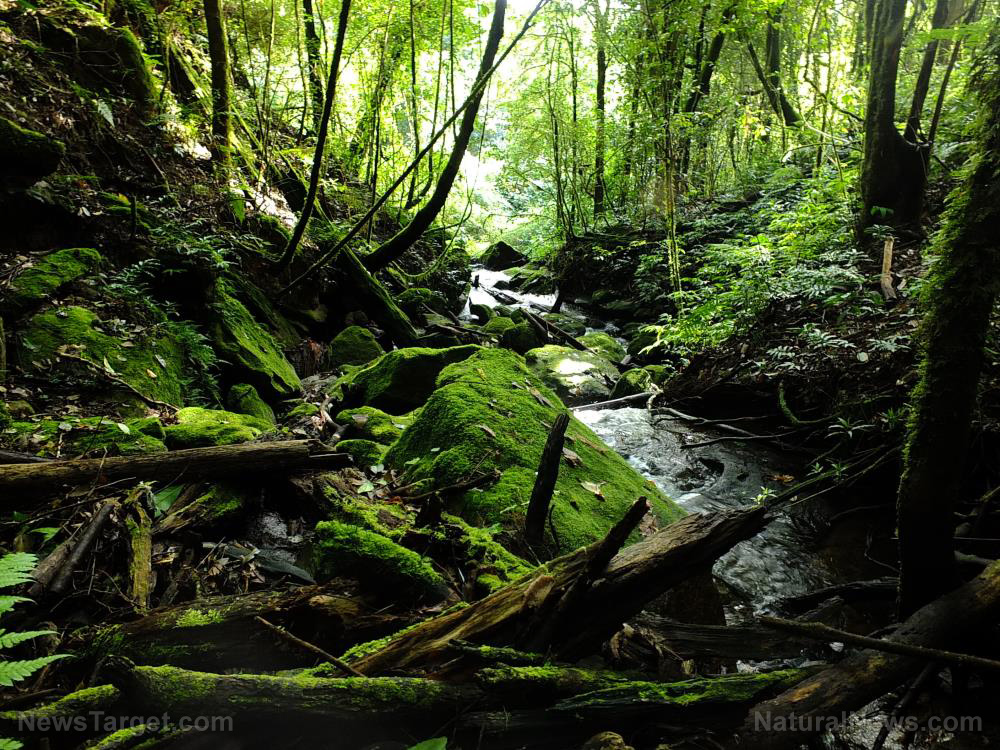Building a campfire with wet wood: Tips for how to build a fire in any weather
08/22/2018 / By Ralph Flores
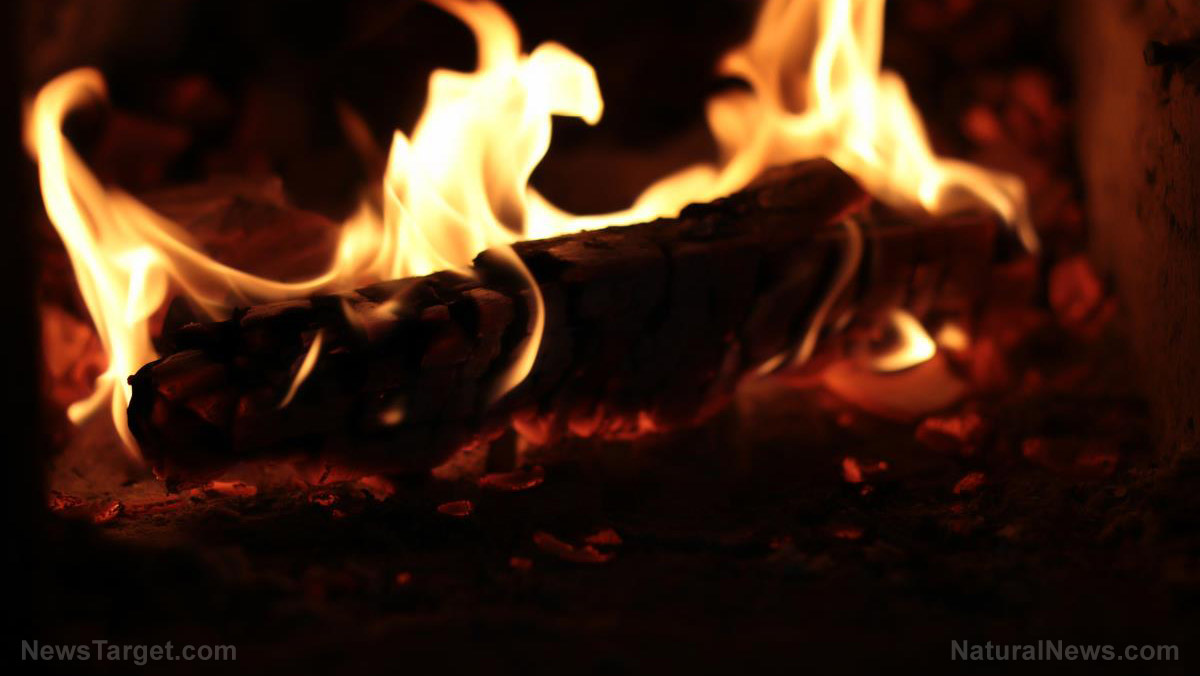
Fire is a requirement when camping or surviving outdoors. You can use it to boil water, cook food, light up the dark, and get warm. However, most people only know how to make a fire in dry weather, using wood that can easily be ignited. Here are some things to consider when you’re making a fire in damp weather. (h/t to KnowPrepareSurvive.com.)
- Preparing your fire — Make sure that you pack a tinder bundle of small, highly flammable materials. Some of the materials you can use as tinder are paper or wood shavings, cotton balls soaked in petroleum jelly, dryer link, and toothpicks among others. If you don’t have tinder, don’t fret. You can scour around for it — go to areas between fields and forests. These have lush vegetation which you can use to start a fire. Some of the materials that could be used for tinder are cattail down, cedar bark, dry leaves, and dry grass. One more thing that you have to prepare are tools to use for chopping wood. Either an ax or a survival knife will do.
- Looking for a spot — The next thing you’ll need is a good location to start your fire. Some things that you should consider include its distance to burnable wood and its proximity to trees that could be a windbreaker. If you’ve found a place with an overhead cover, then making the fire becomes easier. If you’re working with snow or damp ground, remove the top layer to expose dryer soil below. This ensures that your fire will burn longer.
- Choosing materials for the fire — As with any type of campfire, dry fuel (or kindling wood) is what makes it burn continuously. If the conditions are damp, however, looking for dry fuel can be a tricky process. A good rule of thumb is to look for wood that’s off the ground and exposed to sunlight. Additionally, you can test the wood if it’s flammable. If you hear a clean snapping sound when you break the twig, it’s dry enough to be used as firewood. You can also use branches at the base of large evergreen or pine trees. These would be dryer than the ones at the top, making for a good fire.
- Building the pile — Look out for ground moisture when you’re building fire in damp conditions. If you just build a fire on the ground, the resulting heat will cause moisture to form around it and may kill the flame. Building a platform to isolate the fire is an effective way to address this. There are many ways to build a platform. One way is to build a “log cabin” using your kindling wood until you have a chimney-like structure, then put the tinder inside to provide protection against moisture and wind, as well as provide oxygen for a longer burn.
- Lighting the fire — Now for the exciting part — starting the fire. Before you do, though, check the direction of the wind. Once you have, light the fire from the direction where the wind blows. This enables the heat to be distributed evenly across the pile and helps with the circulation of oxygen. Also, be sure to light your pile from the bottom. This gives your fire a better chance of igniting.
- Making sure it burns — Once you’ve lit the fire, make sure you have enough dry wood set aside to keep it burning. If you still have damp wood, try to put to near the fire to dry it before putting it in the flame.
Learning to light a fire may be a key survival skill — but it doesn’t have to be a dull experience. You can study it together with your family. That way, you’re not only having fun — you’re also preparing them for what lies ahead. (Related: Camping: A great way to practice how to live after SHTF.)
Read more ways to survive in the wild by visiting Preparedness.news today.
Sources include:
Tagged Under: campfire, camping, firewood, kindling wood, preparedness, prepping, starting a fire, survival, survival skills, Survival Tips, tinder






